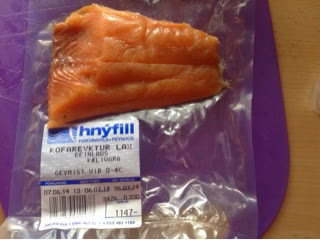
Wednesday, December 10, 2014
Venturing into the unknown world of washed rind cheeses and how to have Elderflowers all year round. December 10th 2014
Monday, November 24, 2014
Foraging for flowers, Monday, November 24 2014
Wednesday, October 8, 2014
All set for summer with my new toy. October 8th 2014
Sunday, August 24, 2014
Clotted cream but where are the scones? August 24th 2014
Tuesday, August 12, 2014
Checking out the Czechs. August 17 2014
Wednesday, August 6, 2014
Welsh Food Adventures, August 6th 2014
It's over a month now since I got home from my overseas holiday but I have been very slack on blogposts after I wrote the 2 part Iceland adventures posts. But there's more to tell!
From Iceland we flew to Manchester and then drove into Wales for 3 days of exploring our family roots in mid Wales. The first thing I noticed was the huge difference between the somewhat sparse range of fruit and vege in Iceland to the huge selection on offer in Tesco's in Welshpool. We stayed in an AirBNB apartment attached to a stately home near Abermule, tucked away up a little road through the deep dark wood. It was fantastic, with baby grand piano looking out the bay windows to the lawn tennis court! Still self catering, it gave us the opportunity to find special treats in a local butchery, bakery and farmers markets. One night , after a visit to Bob the Butcher in the town of Rhayader where our dad was born, we ate home made Welsh lamb pies which were delicious. We also tried some local treats from the bakery- Bara Brith and an Elderflower and Strawberry Cake. This gave me the idea for when I got home of using my homemade Elderflower syrup in a Raspberryand Elderflower cake. Pouring the hot syrup over the cake as it came out of the oven gave it a great flavour and was so popular at a work morning tea that there were only a few crumbs to bring home!

Monday, June 16, 2014
Food Adventures in Iceland Part 2. June 15th 2014
Food Adventures in Iceland. June 15 2014
Thursday, April 17, 2014
Slow cooked Quinces and Easter buns April 13th 2014


Monday, February 17, 2014
Dehydrated Pesto and Ratatouille. Monday February 17th 2014
Saturday, February 15, 2014
Pesto. Saturday February 15, 2914














































